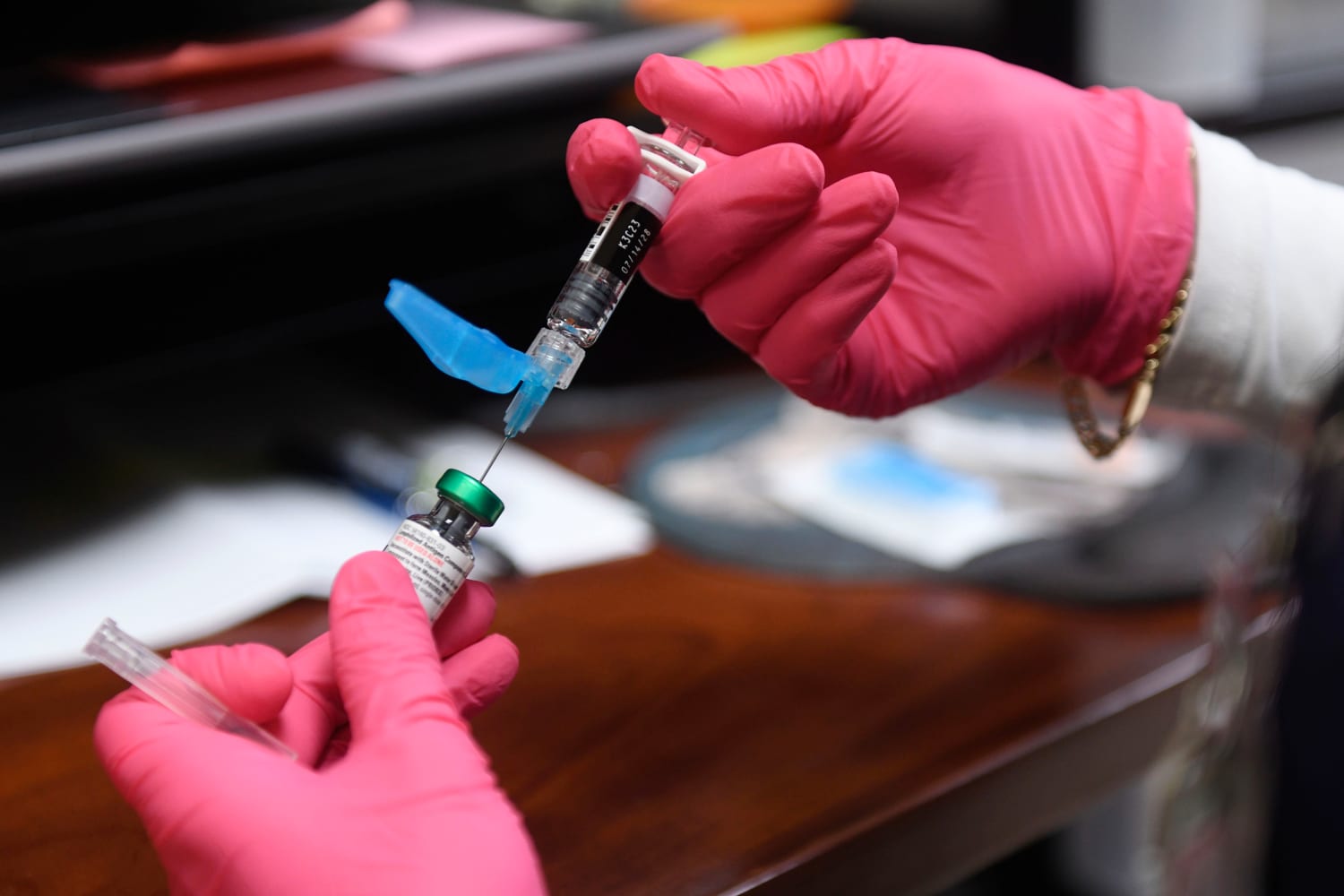Semaglutide, a drug commonly used for managing type 2 diabetes and increasingly for weight management, has sparked both enthusiasm and unease among healthcare experts. Although its success in controlling blood glucose levels and aiding in weight loss is well-established, certain reports and research have raised potential concerns about its connection to eye issues, such as a possible threat to eyesight. This potential link has drawn interest from both patients and medical practitioners, highlighting the need to distinguish between scientific facts and conjecture.
To grasp the ongoing discussion, it’s beneficial to examine what semaglutide is and its operational mechanism. Acting as a glucagon-like peptide-1 (GLP-1) receptor agonist, this medication aids in blood glucose regulation by boosting insulin release, decelerating gastric emptying, and suppressing appetite. These actions assist not only in controlling diabetes but also in supporting weight reduction, which is a reason behind semaglutide’s rise in prominence in recent years. Nonetheless, given that diabetes is a primary cause of vision-related issues, distinguishing whether semaglutide directly causes ocular damage or if visual changes arise from the progression of the underlying disease remains a complicated matter.
One of the key concerns originates from clinical trials where patients taking semaglutide experienced higher rates of diabetic retinopathy complications compared to those on placebo. Retinopathy, a common complication of long-term diabetes, occurs when high blood sugar levels damage blood vessels in the retina, leading to vision impairment or, in severe cases, blindness. Researchers noted that individuals with a history of advanced diabetic retinopathy seemed more likely to experience worsening symptoms when they began semaglutide treatment.
The reason might not be the drug itself directly causing damage, but rather the swift enhancement of blood sugar regulation. When glucose decreases rapidly, particularly in those with chronic diabetes and existing eye issues, this abrupt shift can occasionally provoke a temporary advancement of retinopathy. This occurrence isn’t exclusive to semaglutide; it has also been noticed with other strong glucose-lowering therapies. Nonetheless, over time, keeping blood sugar stable typically diminishes the long-term threat of losing vision.
It’s crucial to acknowledge that semaglutide has not been conclusively shown to lead to vision impairment in people without existing eye issues. For those with minimal or no symptoms of retinopathy, the likelihood seems reduced, although continuous observation is still vital. The U.S. Food and Drug Administration (FDA) and other overseeing bodies have mandated warnings about possible retinopathy risks in product information, urging medical professionals to be careful when recommending semaglutide to individuals with severe eye conditions.
More than just clinical trial data, practical experiences offer further context. Numerous individuals using semaglutide for diabetes or weight control have noted enhancements in overall health without evident eye issues. Meanwhile, eye specialists highlight the importance of routine eye check-ups for everyone with diabetes, irrespective of the treatment method, as early detection of retinopathy can avert significant vision reduction. Consequently, the key question is not if semaglutide generally triggers vision difficulties, but if it could increase risk for particular groups of patients.
Medical experts suggest that careful screening and individualized treatment plans are the best ways to minimize potential risks. Patients with a history of retinopathy should consult both their endocrinologist and eye specialist before starting semaglutide, ensuring that any changes in vision are monitored closely. For those without significant eye disease, the benefits of better blood sugar control and weight reduction may outweigh the potential risks, especially when paired with preventive eye care.
The discussion regarding semaglutide and potential vision complications highlights an important aspect of contemporary medicine: impactful therapies frequently involve compromises, and the associated risks may differ based on a patient’s medical background. Although the media might emphasize alarming scenarios, the general scientific agreement suggests a more complex perspective. For the majority of patients, semaglutide serves as a beneficial treatment, yet, as with any medication, it is essential to take into account specific health circumstances and maintain regular assessments.
Semaglutide has not been conclusively shown to directly cause vision loss, but it may increase the risk of worsening retinopathy in individuals who already have advanced diabetic eye disease. The underlying factor appears to be the speed of blood sugar improvement rather than the medication itself damaging vision. With proper medical guidance, routine eye exams, and a personalized treatment approach, many patients can safely benefit from semaglutide’s advantages while minimizing potential complications.
Rather than viewing semaglutide as a dangerous medication, it is more accurate to see it as a powerful tool that demands responsible use. Its role in managing diabetes and supporting weight loss is significant, but like all tools, it works best when applied thoughtfully, with awareness of both its strengths and its limitations. For patients and healthcare providers alike, the focus should remain on balance: maximizing health benefits while safeguarding vision through proactive care and regular monitoring.






